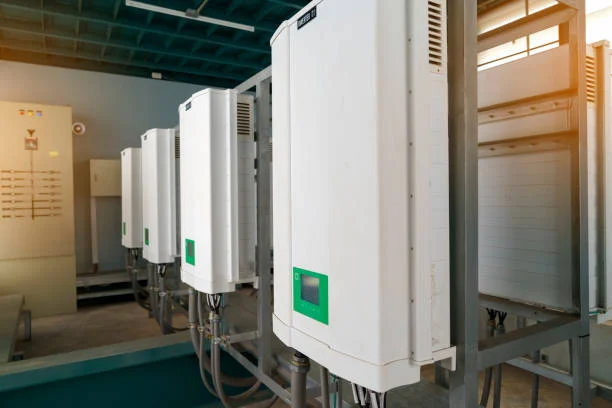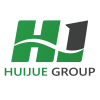Solar Inverter Price in Pakistan: Trends and Forecasting for 2025
The demand for solar energy in Pakistan is increasing at a pace unimaginable a decade ago. The most central actors in this clean revolution are solar inverters, and keeping an eye on the solar inverter price in Pakistan has become essential for families, businesses, and governments. With fluctuating exchange rates, government incentives, and global supply chain constraints, the pricing landscape has never been more complex.
What Is a Solar Inverter and Why Does Its Price Matter?
Simply put, a solar inverter is what converts the DC electricity that comes from solar panels into AC electricity used in homes and businesses. Without inverters, solar panels are little more than sun catchers.
Why do people care so much about solar inverter price in Pakistan, then? Because the inverter accounts for nearly 25%–30% of what a typical solar system costs. Its efficiency and performance directly affect the ROI. A decline or spike in inverter prices can tip the solar adoption economics either direction.

Current Solar Inverter Price Trends in Pakistan
As of early 2025, the price of a solar inverter in Pakistan varies by brand, capacity, and tech.
Here's a rough breakdown:
| Inverter Type | Capacity Range | Average Price (PKR) | Notes |
| String Inverter | 3–10 kW | 180,000 – 400,000 | For domestic use |
| Hybrid Inverter | 5–15 kW | 250,000 – 650,000 | Grid + battery support |
| Off-Grid Inverter | 1–5 kW | 90,000 – 220,000 | Best for rural/non-grid areas |
| Central Inverter | 50–100 kW | 1.2M – 2.5M | Industrial-commercial setups |
What Factors Determine Solar Inverter Prices in Pakistan?
A few dynamics affect the prices of inverters these days:
- Exchange Rate Volatility:Devaluation of PKR against USD raises import costs.
- International Supply Chain:China disruptions—the largest exporter of inverters—lead to time loss and cost escalation.
- Government Regulations: Net-metering approvals and import duties influence end-pricing.
- Technology Migration:Hybrid and smart inverters equipped with AI-based monitoring command premium pricing.
One question that still bedevils many of the buyers remains: Should I wait for prices of inverters to fall before investing in solar?
The reality is that while prices do settle down, energy tariffs in Pakistan continue to go up. So even if inverter prices drop slightly in the coming months, savings from lowered electricity bills typically offset the wait.
Case Study: Solar Inverter Adoption in Lahore
Take Lahore, for instance. In 2024, a few housing societies decided to use hybrid inverters to deal with frequent load-shedding. A PKR 580,000 10 kW hybrid inverter priced in early 2023 reduced to PKR 530,000 towards the close of 2024 due to market competition from new players established in China. Occupants reported saving PKR 25,000–30,000 monthly on their electricity bill, and the payback took three years.
This points out how monitoring solar inverter price in Pakistan isn't merely numbers—it's regarding lasting financial viability.
Solar Inverter Prices Forecast for 2025
Reviewing market data, some projections are possible:
Short-Term (H1 2025): Prices could stay flat with residual global shipping expenses.
Mid-Year: Look for slight declines (3%–5%) due to local assemblers stepping up production and imports becoming more competitive.
Long Term (H2 2025 and beyond): With the State Bank urging green financing schemes and international climate funds making Pakistan a favorable destination, inverter prices will likely be affordable, especially for hybrids.
A query here is: Can local manufacturing significantly lower inverter prices? The answer is guarded in the affirmative. Local assembling units are in talks already, but mass-scale domestic production could take two to three years before having a serious price impact.
The Role of Online Platforms
For customers who wish to compare real-time prices of inverters, websites such as Solar System Price Pakistan provide up-to-date lists of solar inverter prices with major brands and capacities. This allows homes and businesses to make informed choices without having to trust local vendors.
Industry Trends to Watch
Smart Inverters: With the coupling of IoT and AI, real-time performance monitoring is increasingly becoming the standard.
Hybrid Systems: Solar, grid, and battery storage inverters will be the future installations.
Green Financing: More banks are offering solar financing to reduce initial capital expenditure for clients.
Utility-Scale Projects: Central inverters are becoming popular in large solar farms, particularly in Punjab and Sindh.
Most people wonder whether more costly hybrid inverters are the cost and worth it compared to basic off-grid types. For most urban settings with frequent grid outages, hybrids provide the best balance of reliability for cost.
The second most commonly asked question is about warranty and maintenance. Most serious brands in Pakistan, for example, Huawei and Growatt, now provide 5–10 year warranties to reassure consumers.
Lastly, people ask if solar inverters are resilient at high temperatures found in southern Pakistan. Fortunately, most of the new inverters are designed with a heat withstanding ability up to 60°C and are thus reliable in hot climates like Karachi and Multan.

